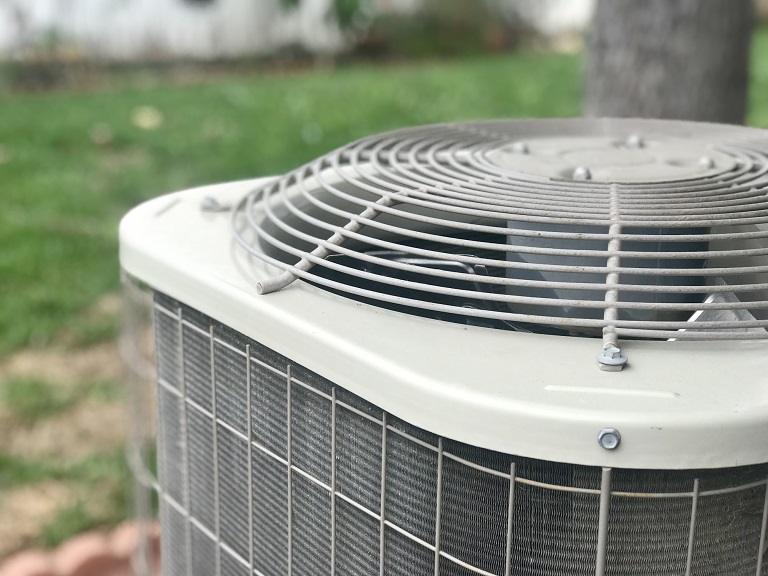
Springing for HVAC maintenance costs may seem like an extra—and easy-to-ignore—item on your checklist, but it will save you money in the long run.
Heating and air conditioning service costs depend on your project and location. Check with a local pro for your specific job.
The cost of a motorized HVAC damper ranges from $100 to $200 for the part itself.
Labor costs $100 to $250 per hour.
You might pay an additional $200 to $600 for damper motor replacement in inaccessible areas such as tight crawl spaces, attics, or inside walls.
The cost is also affected by permit fees and electrician costs (if you need to fix electrical issues).
Expect to pay an average of $350 to replace a motorized HVAC damper, with a typical range of $250 to $450. However, you could pay as little as $100 or as much as $600. A motorized damper regulates the airflow inside your HVAC system, which in turn controls the temperature in your home.
To help homeowners with their next project, Angi provides readers with the most accurate cost data and upholds strict editorial standards. We’ve surveyed thousands of real Angi customers about their project costs to develop the pricing data you see, so you can make the best decisions for you and your home. We pair this data with research from reputable sources, including the U.S. Bureau of Labor Statistics, academic journals, market studies, and interviews with industry experts—all to ensure our prices reflect real-world projects.
With damper motor replacement, the only costs are the price of the part itself and labor. Here’s what that looks like in more detail.
Labor: $100–$250 per hour
Accessibility: $200–$600 extra for dampers located in tight spaces, within walls or floors, or in other inaccessible areas
Hiring an electrician: $50–$100 per hour to fix electrical issues
Permit: $50–$150, if required
If you DIY damper motor replacement, you’ll only need to pay for the part itself ($100 to $200). That said, this project is best left to a local HVAC repair pro in many situations—especially since HVAC system work requires a licensed contractor in some areas.
Here’s when you should hire a pro for damper motor replacement:
The motor is in a hard-to-reach or dangerous location.
You don’t feel comfortable working with HVAC systems or electrical components.
You’re unsure if the motor is the only failed component.
You want to maintain warranty coverage or ensure code compliance. The system is part of a larger zoned HVAC setup.
You might be able to DIY in the following situations:
The damper is easily accessible.
You’re comfortable working with low-voltage wiring.
It’s a direct replacement of an identical model.
You’ve confirmed the old motor is faulty.
Working within your HVAC system without a license is often illegal, meaning using the DIY approach to save money on damper motor replacement isn't possible. However, there are tricks to help control costs.
Minimize the time your technician needs to reach the damper by clearing obstructions before they arrive. This could avoid added labor charges of $100–$250 per hour.
Clear the areas around your system's vents to provide the technician easy access for airflow testing and help lower your labor costs.
Use a reputable HVAC or air conditioning repair company near you and check that they offer a work guarantee. While it may cost more upfront, quality work can have lasting and money-saving benefits, saving you from additional repair costs, which could amount to $200 to $400 or more.
DIY damper motor replacement might save $100 to $200, but hiring an HVAC technician ensures that it’s done correctly and efficiently.
You might do the job yourself if the damper is easily accessible and you’re comfortable working with low-voltage wiring.
You can save by clearing the area before the pros arrive and using a reputable company, which may help avoid future repair costs.
From average costs to expert advice, get all the answers you need to get your job done.

Springing for HVAC maintenance costs may seem like an extra—and easy-to-ignore—item on your checklist, but it will save you money in the long run.

Factors such as labor and parts impact the final price of repairing a window AC unit. Learn all of the costs associated with window air conditioner repair.

Getting AC and furnace replacement done at the same time can lead to huge benefits for your wallet and your home. Here’s everything you need to know.

Discover the average air handler replacement cost, including labor and materials, plus expert tips to help you budget and save on your HVAC upgrade.

A HEPA filter can help clear airborne particles that plague your home, such as dust and pollen, making the air cleaner and easier to breathe.

Knowing when to replace your boiler will help you avoid last-minute emergencies in the middle of winter. Here are seven signs that you may need a brand-new unit.